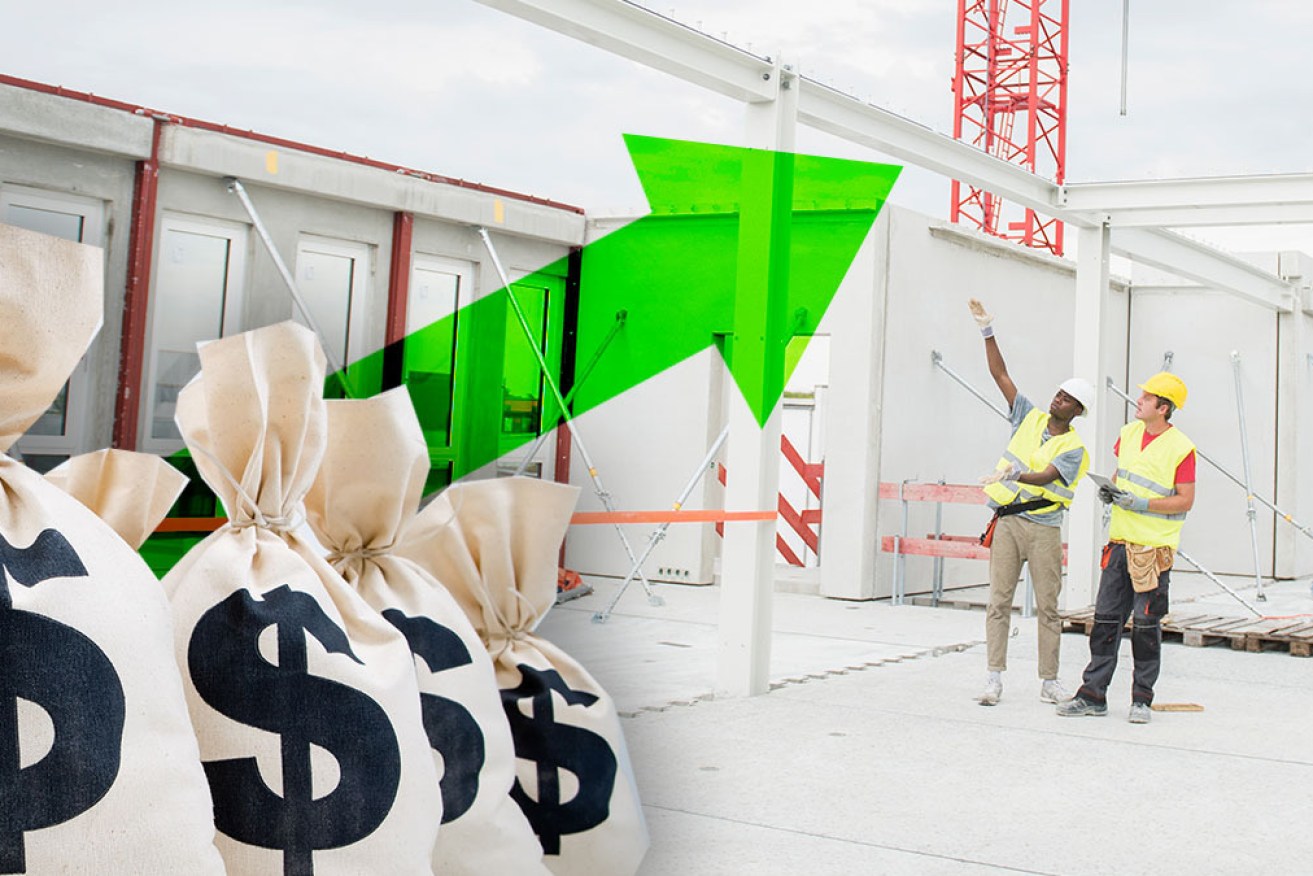Economists tentatively back proposed stimulus to build community centres and aged-care homes


Master Builders Australia wants the government to launch a new program called CommunityBuilder. Photo: The New Daily
A pre-budget submission urging the government to use taxpayer money to build and enhance community centres and aged-care facilities has won approval from prominent economists.
But they also warned the Coalition against extending HomeBuilder for another 12 months, and said more stimulus was needed to specifically help women.
Lobby group Master Builders Australia called on the federal government to extend HomeBuilder and announce a separate ‘CommunityBuilder’ package in a pre-budget submission that it released to the public on Monday.
The CommunityBuilder program would see taxpayers fund a quarter of the cost of building or substantially renovating community facilities, such as sporting facilities and aged-care homes.
The funding would be capped at $5 million per project and grant recipients would have to come up with the rest of the funds.
Master Builders CEO Denita Wawn said stimulating the commercial construction sector was crucial, as the group’s forecasts point to a 17 per cent fall in commercial construction activity in 2020-21 and a 27 per cent fall in home building.
“This will be calamitous for many of the nearly 370,000 home building businesses that are vital to local economies and communities throughout Australia,” Ms Wawn said.
Tweet from @MBA_Aust
The group’s modelling shows that investing $3.8 billion into CommunityBuilder would increase GDP by $6.8 billion and create 13,000 new jobs.
And although extending HomeBuilder for another 12 months would cost the federal budget $1.3 billion, MBA claims it would boost GDP by up to $4.5 billion – creating more than 4500 jobs and resulting in the construction of more than 6000 new homes in the second phase alone.
The federal government showed its commitment to builders and tradies when it announced HomeBuilder Mark I and they must be given credit for that,” Ms Wawn said.
“They should now double down to secure further jobs by including HomeBuilder Mark II in the October Budget.”
Under HomeBuilder, eligible owner-occupiers are given $25,000 to build a new home or substantially renovate an existing one.
Individuals must earn less than $125,000 a year and couples less than $200,000 to be eligible – and the money can only be spent on building new homes up to the value of $750,000, or on renovations worth between $150,000 and $750,000.
MBA describes the scheme as the “the most effective government stimulus measure in a decade”, while data from the Housing Industry Association suggests new home sales in June were up 64 per cent on the preceding two months.
But so far, fewer than 250 people have actually applied for the grants, and economists believe there are more efficient ways of stimulating the economy.
- Michael Pascoe: HomeBuilder not enough to ease three-year construction slide
- Treasurer announces future cuts to red tape to help tradies and boost jobs
Tweet from @JasonClareMP
Independent economist and former Treasury official Saul Eslake said he broadly opposed giving cash to people planning to build or buy a home, “because usually that ends up in the hands of the builders or the vendors – it just enables people to pay more for housing, so they do”.
He said this effect was less pronounced during severe downturns, as such schemes often put a floor under falling demand in these circumstances, rather than raising the roof.
But he said CommunityBuilder was nonetheless more promising, as it would employ more people and use more locally-sourced materials than home renovations, while addressing a social need.
“You wouldn’t want it to be like [Kevin Rudd’s] school halls program, which gave every school a new hall whether they needed one or not,” Mr Eslake said.
“But if there was a sort of needs-based assessment … to consider supporting [construction] not only to address the need, but as a way of creating jobs and boosting demand, then yes, I think that has merit.”
Mr Eslake noted, however, that stimulating construction would do little to reverse the gendered impacts of the coronavirus recession.
And though there is certainly a case for more stimulus, Angela Jackson, lead economist at Equity Economics, said spending must deliver long-term benefits to the community beyond a short-term jobs boost.
“Community and social housing is one area where the government certainly needs to invest more … [but] I don’t know that there is a lot of broader economic and long-term benefits in subsidising residential construction in the private sector,” Ms Jackson said.
“It can be part of the suite [of economic policies], but certainly shouldn’t be the focus.”

Industry analysts Macromonitor said HomeBuilder “will have a small positive impact” in a report last week.
Centre for Future work senior economist Alison Pennington also said building more public and social housing would pay enormous dividends – likening MBA’s proposed HomeBuilder extension to “flogging a dead horse”.
“More government spending funnelled into fluffing the nests of existing home owners will not counteract reduced demand in domestic construction,” Ms Pennington told The New Daily.
“Instead the government should commit to putting Australia’s 370,000 residential construction businesses to work on a sustained program of non-market housing construction.
“This could create tens of thousands of additional jobs, and expand access to secure housing for millions of Australians locked out of private owner occupation – including young and low-income households.”








